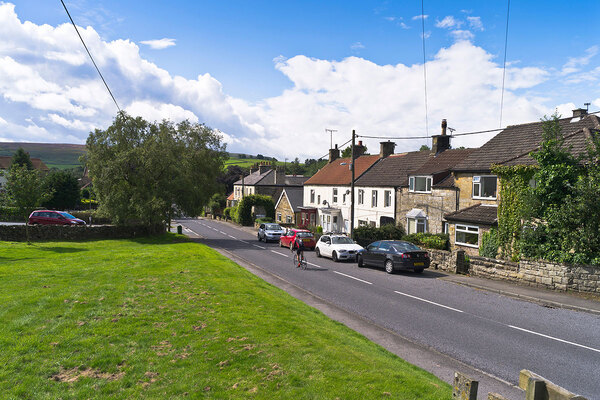You are viewing 1 of your 1 free articles
Yorkshire landlord returns to surplus despite drop in turnover
Yorkshire Housing returned to a surplus in its last financial year, despite a drop in turnover and a tough economic environment, the landlord’s accounts revealed.
The 20,000-home group recorded a post-tax surplus of £10.5m in the year to the end of March 2023, compared with a deficit of £30.6m the year before.
In its previous financial year, Yorkshire Housing’s bottom line was hit by £35.8m of refinancing and break costs. In its most recent full year, these costs only came to £1.9m.
However, the group was held back by higher operating costs of £90.7m, up from £85.9m the previous year. Wage inflation, repairs and investment in stock were the most significant factors, the landlord said.
“The external macroeconomic environment made this financial year a challenging one,” the group said in its annual report.
“The high inflation, high interest environment we are operating in meant that some of the assumptions we made at the start of the year were drastically different in reality.”
Yorkshire Housing’s capital spending on its existing stock more than doubled, to £15.9m, and it believes this figure will increase for the current year.
On development, the group completed 502 homes – a drop of 28% compared with the previous year’s 700 handovers.
“We were slightly behind our own target this year due to slippage in the development programme, particularly where labour shortages have delayed completions,” the landlord said.
Writing in the group’s annual report, chair Ingrid Fife said it would have to “scale back” on future development ambitions over the next few years to “create the right balance in our plans between investment in existing homes and development of new ones”.
However, the group said it was still making “good progress” on a target, set in 2019, to build 8,000 new homes by 2030.
At the end of March, 4,179 homes were built, on site or under contract, the landlord said.
Turnover fell 2% to £145.8m, partly because the number of open-market homes sold halved to 42, which Yorkshire Housing said was “well below” its initial plans. Revenue from market sales nearly halved, to £15.2m.
Rent and service charge income increased by £7.6m, to £98.9m, helped by higher rents and more homes, according to the annual report. Shared ownership first-tranche sales rose slightly, to £25.1m, despite the market uncertainty.
The group’s overall operating margin rose slightly, to 15.3%, but was below a target of 18%. Gearing was 54% at year end, up from 52% the year before.
Andy Oldale, the landlord’s finance and governance director, called the performance “solid, despite some significant headwinds”.
He added: “Our core rental business performed well and shared ownership continues to be a popular choice with customers, despite cooling in the outright-sales market.”
In July, Yorkshire Housing retained its G1/V2 rating from the Regulator of Social Housing.
Sign up for our development and finance newsletter
Already have an account? Click here to manage your newsletters












